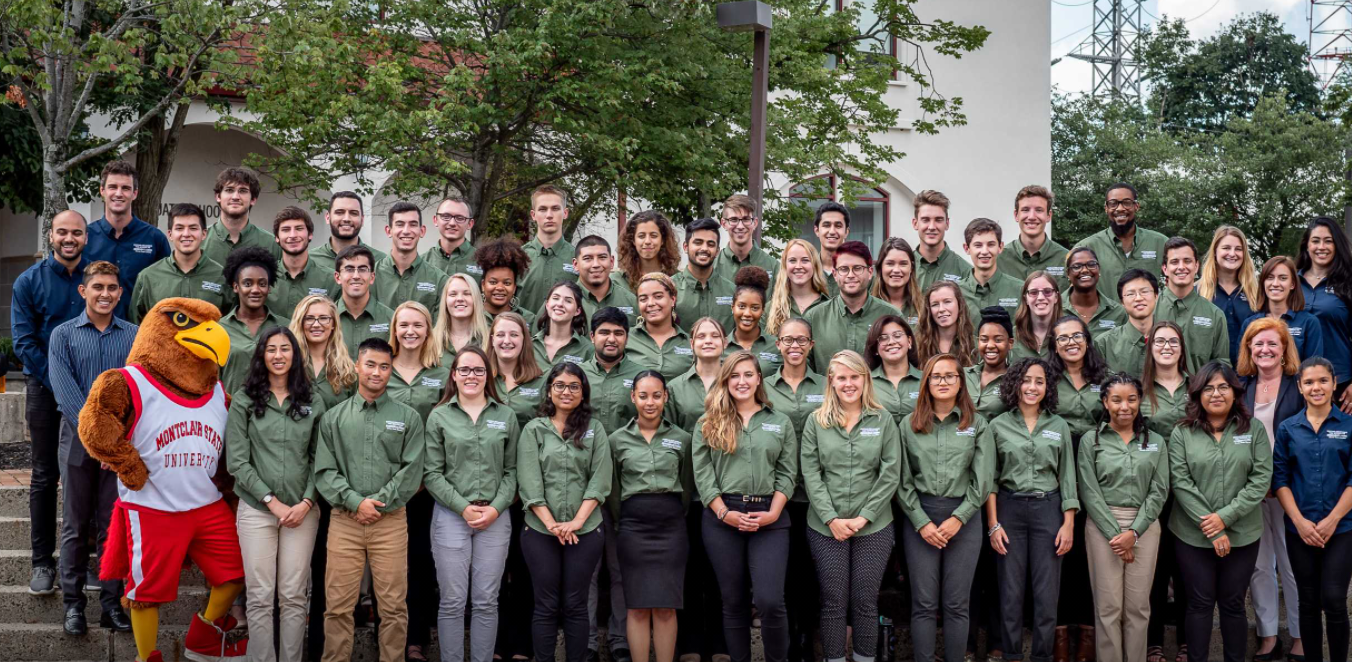Title
Invasive Insect Effects on Nitrogen Cycling and Host Physiology are not Tightly Linked
Document Type
Article
Publication Date
1-1-2015
Abstract
Invasive insects may dramatically alter resource cycling and productivity in forest ecosystems. Yet, although responses of individual trees should both reflect and affect ecosystem-scale responses, relationships between physiological-and ecosystem-scale responses to invasive insects have not been extensively studied. To address this issue, we examined changes in soil nitrogen (N) cycling, N uptake and allocation, and needle biochemistry and physiology in eastern hemlock (Tsuga canadensis (L) Carr) saplings, associated with infestation by the hemlock woolly adelgid (HWA) (Adelges tsugae Annand), an invasive insect causing widespread decline of eastern hemlock in the eastern USA. Compared with uninfested saplings, infested saplings had soils that exhibited faster nitrification rates, and more needle 15N uptake, N and total protein concentrations. However, these variables did not clearly covary. Further, within infested saplings, needle N concentration did not vary with HWA density. Light-saturated net photosynthetic rates (Asat) declined by 42% as HWA density increased from 0 to 3 adelgids per needle, but did not vary with needle N concentration. Rather, Asat varied with stomatal conductance, which was highest at the lowest HWA density and accounted for 79% of the variation in Asat. Photosynthetic light response did not differ among HWA densities. Our results suggest that the effects of HWA infestation on soil N pools and fluxes, 15N uptake, needle N and protein concentrations, and needle physiology may not be tightly coupled under at least some conditions. This pattern may reflect direct effects of the HWA on N uptake by host trees, as well as effects of other scale-dependent factors, such as tree hydrology, affected by HWA activity.
MSU Digital Commons Citation
Rubino, Lucy; Charles, Sherley; Sirulnik, Abby G.; Tuininga, Amy; and Lewis, James D., "Invasive Insect Effects on Nitrogen Cycling and Host Physiology are not Tightly Linked" (2015). Presentations and Proceedings. 8.
https://digitalcommons.montclair.edu/pseg-institute_present/8


